Looking Forward: Sound during the Dutch Design Week
 Sunday, October 9, 2016 at 1:12 tagged
Sunday, October 9, 2016 at 1:12 tagged  design,
design,  exhibition,
exhibition,  instruments,
instruments,  soundart
soundart 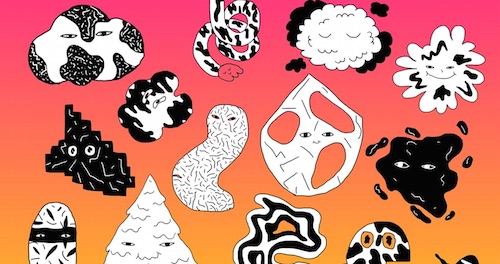
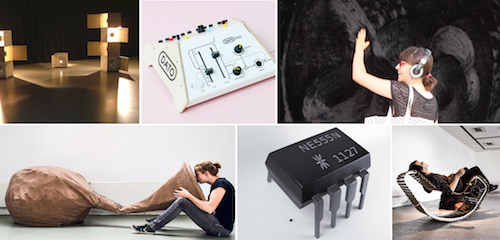
 Sunday, October 9, 2016 at 1:12 tagged
Sunday, October 9, 2016 at 1:12 tagged  design,
design,  exhibition,
exhibition,  instruments,
instruments,  soundart
soundart 

 Wednesday, December 2, 2015 at 22:40 tagged
Wednesday, December 2, 2015 at 22:40 tagged  design,
design,  ear,
ear,  hearingaids,
hearingaids,  listening,
listening,  workshop
workshop 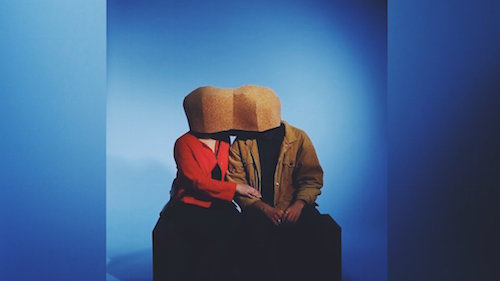
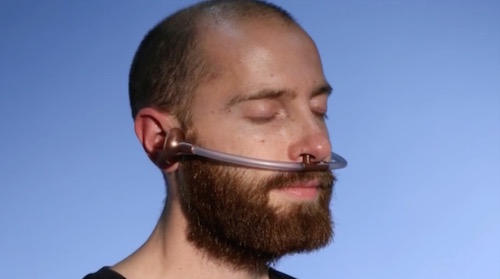
 Wednesday, October 21, 2015 at 23:15 tagged
Wednesday, October 21, 2015 at 23:15 tagged  design,
design,  instruments
instruments During the Dutch Design Week that’s on this week in Eindhoven (Netherlands), designers exhibit their latest works. Very often, there’s also newly graduated students present. Such as Lola Gielen, who graduated from the Design Academy in Eindhoven this year with her instrument Neo.
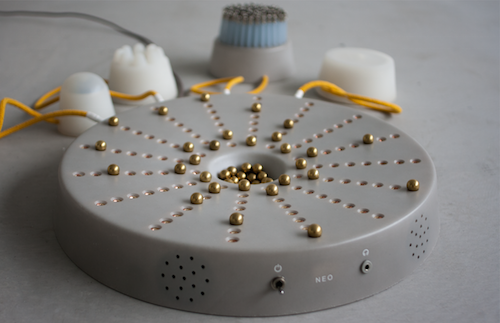 Gielen calls Neo “A music instrument everybody can play”, and is designed out of her own will to be able to play an instrument, but getting fed up with practicing or simply not having the time for it. I myself, being a sound artist/designer, can definitely relate to this. Often it is just easier to create or code the tool that you need to fulfill your needs.
Gielen calls Neo “A music instrument everybody can play”, and is designed out of her own will to be able to play an instrument, but getting fed up with practicing or simply not having the time for it. I myself, being a sound artist/designer, can definitely relate to this. Often it is just easier to create or code the tool that you need to fulfill your needs.
Neo is a circular sequencer that combines the tactile, sensory experience of making music with a time-based sequencer-like design. Neo loops over the circular matrix, playing notes when there’s a marble, not unlike pins on a barrel organ. Furthermore Gielen created a collection of external modules, that you can influence while the sound is playing, creating a tactile, interactive sequencer. Inside, there’s a Raspberry Pi running Python scripts getting in the sensor data, converting it to OSC and sending it to a Puredata patch, creating the sound.
 Friday, April 25, 2014 at 16:14 tagged
Friday, April 25, 2014 at 16:14 tagged  design,
design,  installations,
installations,  soundart
soundart 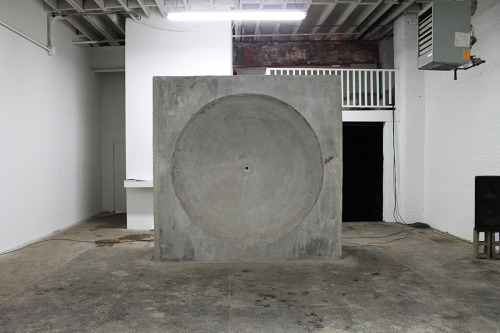
With MIRRORS, Sydney-based visual artist and musician Tim Bruniges wants to capture the immersive nature of sound. With two large slabs of stone, both almost measuring 3x3 meters, one can rightfully call this work megalithic.
Acting as “sound mirrors”, these curved surfaces collect, compress and amplify all sound occurring in front of them. When received, sound is pushed outward along the edges in the opposite direction. Because the two slabs are placed in front of each other, sound is being transmitted back and forth over a ~8 meter distance, constantly amplifying the sound in the room.
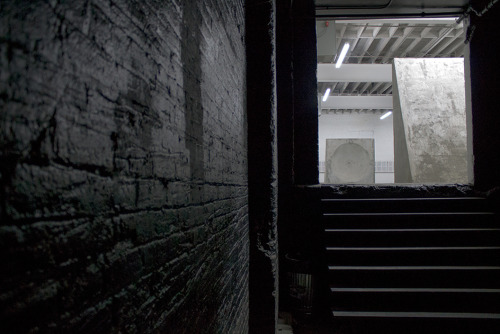
This all is supported by a second layer of sound: two speakers and a microphone embedded in the parabolic reflector, amplifying the sounds in the room and playing them back with different layers of digital delay, creating a tension with the purely acoustic “delay”.
You don’t see that much sound art with a very great visual appeal. MIRRORS is different in that sense. The medative environment, the empty industrial space it is set up in, are all very carefully thought about. I’d love to experience it sometime.
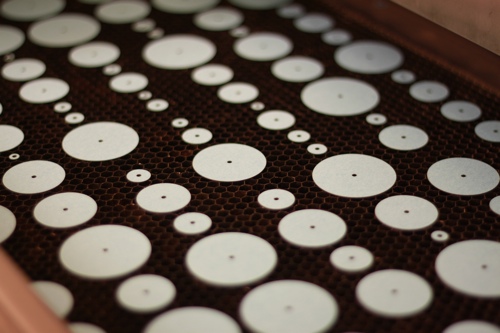
Another nice looking physical representation of a sound wave is created by Andrew Spitz from { sound + design } in collaboration with interaction designer Andrew Nip. Paper Note is made using a laser cutter to create discs of paper who form the waveform when joined on a piece of string.
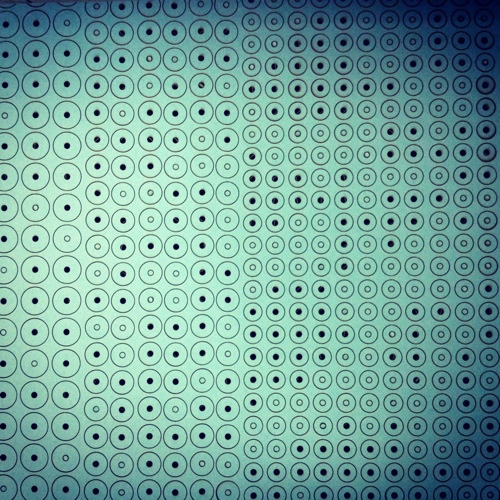
The video below gives a good impression of the process of creating the Paper Note:
 Monday, September 5, 2011 at 21:45 tagged
Monday, September 5, 2011 at 21:45 tagged  architecture,
architecture,  design
design What does sound look like? It’s a question we have seen answered by quite some artists, creating sculptures of sounds, frozen at one moment in time. Like Yes/No by Carsten Nicolai or the Rolex Tower soundwave sculpture. Never have I seen something like this Orproject design though.
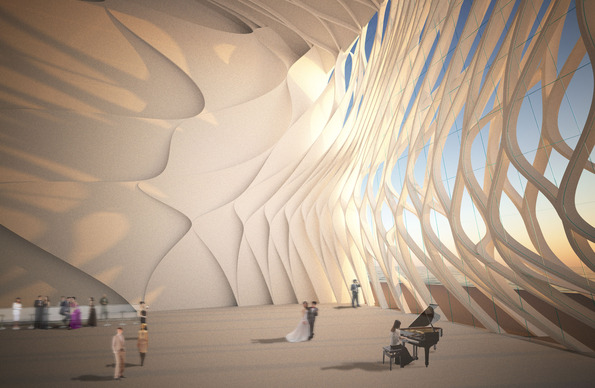
Christoph Klemmt, working for London based architecture and design firm Orproject, made this design for the Busan Opera House in South Korea, titled Anisotropia. The design is based on a twelve tone composition created by Klemmt, and while it remains unknown how exactly the composition is translated to the building, it is quite a remarkable sight, and I can only imagine the acoustic properties of a place like that.
Thanks to Richard van Tol
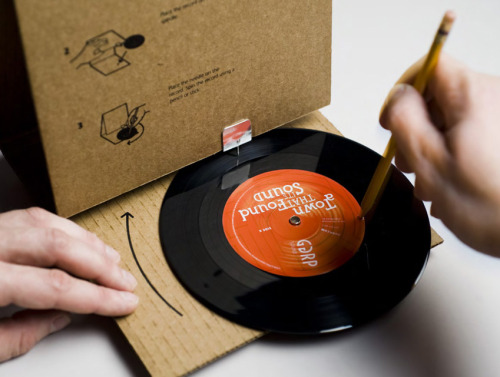
I love ideas that transform something we all know into something new. Like this cardboard record player by GGRP. The cardboard sleeve of the record can be transformed into a record player. You will have to spin the record around with a pencil, and the music’s vibrations are amplified by the cardboard.
This thing has been picked up by many blogs all over the net, but I just find it too cool not to share it with you here. The cardboard record player is not only a gadget that draws a lot of attention for its inventiveness, it also is a good example of a way to make a physical record attractive again in this era of digital music.
Via Inhabitat

After looking at the Sew-O-Phone and the Vacumonium, there is another work by Dennis de Bel I would like to share with you. This is the Brick-Up, a concrete pick-up. I do not know if the concrete body improves the sound, but it does look great!
As Dennis de Bel writes on his website, the Brick-Up can be part of a concrete pavement and become a real ‘stratenspeler’ (Dutch for ‘street player’). I think it is better off inside the house though. A maximum of ten Brick-Ups is custom made on request.
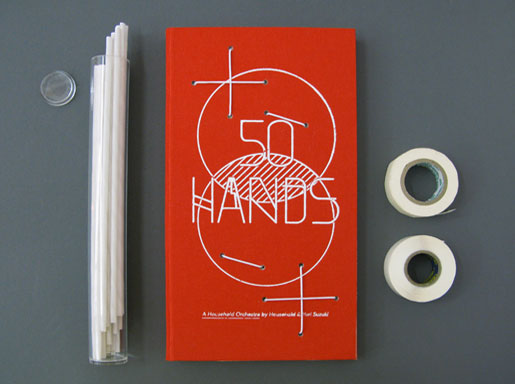
After he answered the Five Sound Questions last week, there is one more project by Yuri Suzuki I would like to share with you: 50 Hands - the Book of Orchestra, a collaboration with Household. The book allows a group of fifty people to make their own instruments and play music together.
The book comes with an instruction DVD as well as the necessary accessories to create fifty flutes from the “pretuned” pages. All you have to do is follow the instructions and your orchestra will be playing in no time. I really like this idea of transforming an object as silent as a book into a piece of polyphonic music! It provides a good excercise in playing together as well. This video gives a good impression of the whole process:
 Friday, January 29, 2010 at 16:29 tagged
Friday, January 29, 2010 at 16:29 tagged  design,
design,  interactive
interactive While for some of us the CD is far from obsolete, it is a fact that it is not as easy for an artist to sell a physical album as it was in the pre-iPod era. And as we can buy an album on iTunes for half the price we had to pay in the store, that is what many of us choose.
Limited editions of interesting boxes might convince music buyers otherwise. Like this design by Jaroslav Juřica. The first time you open the package the cover graphics are created. A limited edition: only 60 pieces are manufactured.
Via Dave Haynes